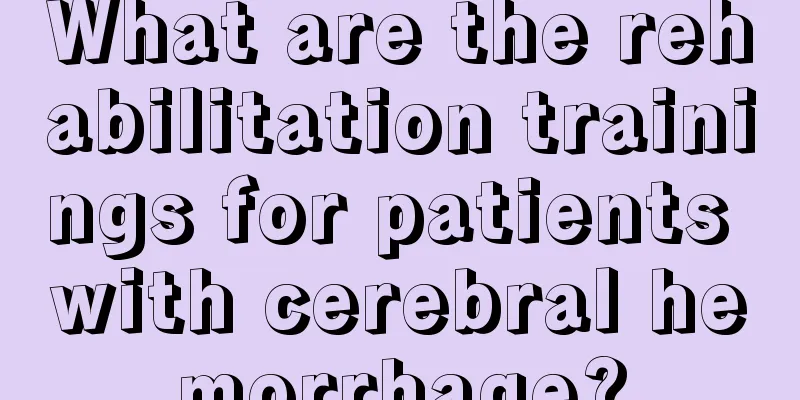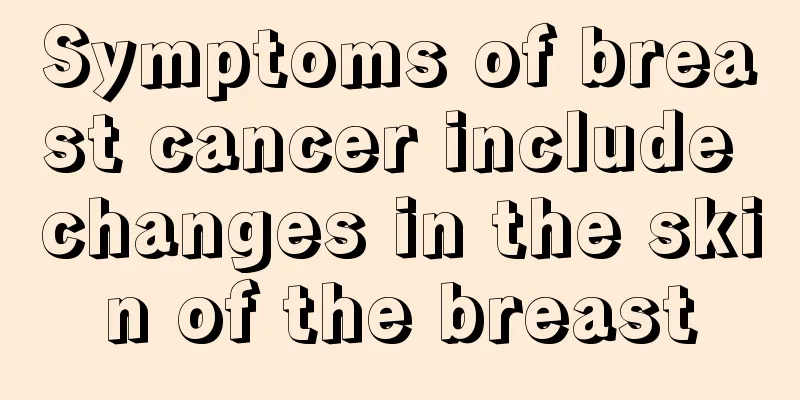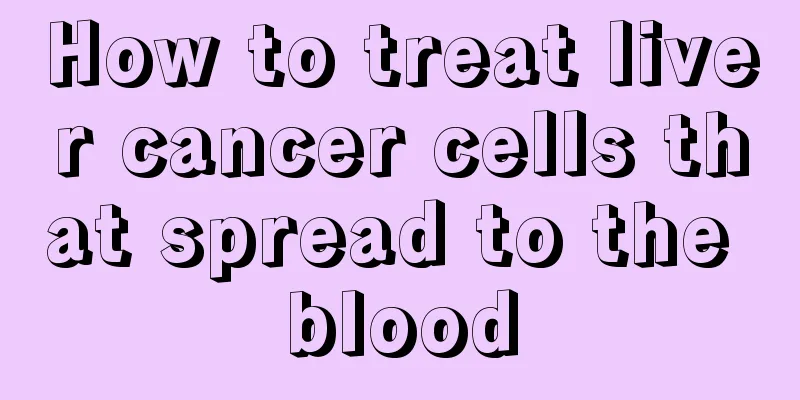What are the rehabilitation trainings for patients with cerebral hemorrhage?

|
Cerebral hemorrhage is a common physical disease for many people. It usually occurs in the elderly population between 60 and 70 years old, especially in winter when the incidence rate is higher. The cold weather can easily cause the blood in the body to become viscous, which can easily lead to cerebral hemorrhage. In addition to care and treatment after cerebral hemorrhage, rehabilitation training is very important. You can massage the body to relieve the pain, or use acupuncture to stimulate the nerves. Rehabilitation training for cerebral hemorrhage (1) Local massage: mainly for the hemiplegic limb, massage and muscle massage to combat muscle spasms, 3 to 6 times a day, each time for 30 minutes. (2) Passive joint exercise at the bedside: It should be performed on both sides with gentle techniques, 2-3 times a day. All joint movement directions should be trained, 3-5 times in each direction. This is especially important for preventing deep vein thrombosis. Excessive activity of the hemiplegic limbs, especially the upper limbs, can easily lead to subluxation or dislocation of the shoulder joint. (3) Posture therapy: Correct body positioning in bed is helpful in inhibiting spasms, preventing shoulder subluxation, and inducing separation movements at an early stage. (4) Application of electromyographic feedback technology and electrical stimulation: Acupuncture and medium and low frequency electrotherapy can be used to stimulate the recovery of limb nerve pathways. (5) Vocal stimulation: Have the patient wear headphones and select music with different rhythms (preferably the music that the patient liked before the illness) for stimulation, which promotes the establishment of auditory nerve reflexes and also has a certain awakening effect. (6) Regularly turn the patient over and pat his back to stimulate the throat or encourage the patient to cough, so as to promote sputum discharge and control lung infection. (7) Swallowing function training: For conscious patients, a small amount of warm water can be given for swallowing training, starting from a small amount and gradually increasing. Be careful not to rush to give mushy food to avoid suffocation. (8) Language function training: For patients with mild symptoms, they can practice facial, tongue, and lip muscle stimulation in bed: opening the mouth, puffing the cheeks, clicking the teeth, sticking out the tongue, pressing the tongue against the palate, and pronunciation training; they can also take ice cubes and provide taste stimulation. You can also do rolling exercises and sitting training. Rehabilitation therapy during recovery period (1) Rehabilitation treatment for movement disorders: Support shoes (hard-soled high-top shoes) can be used to correct bad posture; through supine training (from passive → assisted → active), climbing training, kneeling and sitting balance training, gradually transition to standing balance training and walking training. (2) Rectal and bladder function training: At this time, the catheter can be removed and regular urination and defecation control training can be carried out. (3) Psychotherapy: focuses on adjusting the values and ways of thinking of people with disabilities, so that patients can recognize the limitations of their disabilities and their remaining functions, abilities and intrinsic values, so that they can find their own direction of effort and devote themselves to rehabilitation training as soon as possible to achieve the goal of self-care and returning to society; the main treatment methods include: supportive psychotherapy (including counseling, persuasion, explanation, training, adjustment, environment, interest cultivation, etc.), rational/emotional therapy and humanistic treatment methods. For some patients with simple hemiplegia, negative emotions and resistance to training are prone to occur during the rehabilitation process. Psychological therapy is particularly important, which is also the basis for further rehabilitation training in the future. (4) Speech disorder therapy: For articulation disorders and swallowing disorders, speech ability is improved through targeted exercises such as voice production and discrimination. Most patients with aphasia who are conscious after cerebral hemorrhage can understand what others say, but cannot respond in a commanding manner. However, the patient can speak commonly used phrases (especially swear words) fluently and clearly (explosive language). At this time, we should not give up, but guide the patient along his thinking and help him gradually recover his language function. (5) Rehabilitation training for attention and concentration: training through picture cards, guessing games, deletion of assignments, sense of time, and occupational therapy. (6) Rehabilitation training of thinking ability: through building blocks, arranging numbers, classification, occupational therapy, etc. Increase patients' understanding of hemiplegia, reduce disabilities caused by neuropsychological and movement disorders, and enable patients to actively participate in meaningful daily activities and achieve maximum independence. |
<<: How high blood pressure will cause cerebral hemorrhage?
>>: What are the signs and symptoms of cerebral hemorrhage?
Recommend
The face is hot and acne appears
Both adolescent girls and boys will develop acne ...
What are the functions and effects of amino acids?
Amino acid is an indispensable substance for the ...
How to protect teeth and prevent them from decaying, remember these three don'ts
Teeth are the hardest organ in the human body. Ge...
What are the disadvantages of taking a bath with Chinese medicine?
Taking a bath is a common health care measure, es...
How to effectively treat mild hypertension?
Don't think that mild hypertension is nothing...
What is the risk of recurrence after hemisection of thyroid cancer?
Hemithyroid cancer resection refers to a hemithyr...
What are the symptoms of HIV infection
Most people infected with AIDS are between 18 and...
What are the hazards of breast cancer puncture
What are the hazards of breast cancer puncture? T...
When inhaling, the nasal secretions contain hair and blood
Everyone has experienced blood in the nose, but d...
What should we pay attention to when we are concerned about lung cancer? Nursing measures for closed chest drainage after lung cancer surgery
Closed chest drainage is generally performed afte...
How to check lung cancer? Several effective methods to confirm lung cancer
In recent years, due to poor air quality and othe...
Can health products cure insomnia?
Health care products are quite common in our dail...
How to assess the severity of prostate cancer? Talk about risk assessment of prostate cancer
Prostate cancer, referred to as PCA, is the most ...
How to use tampons
Tampons are another built-in female hygiene produ...
What are the early symptoms of lung cancer? Introduction to 8 early symptoms of lung cancer
The incidence of lung cancer in my country has be...









